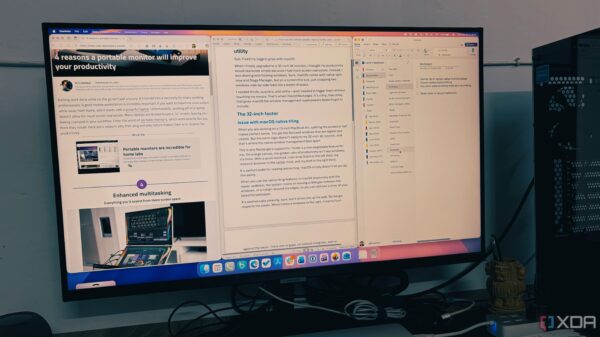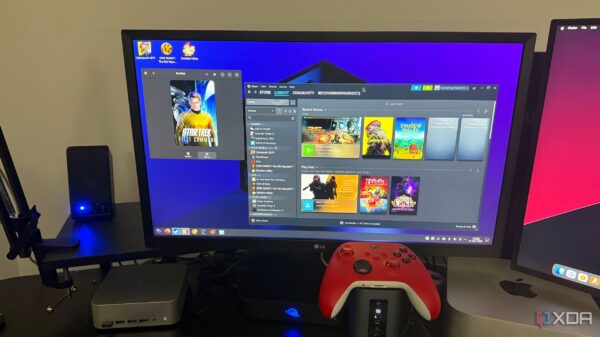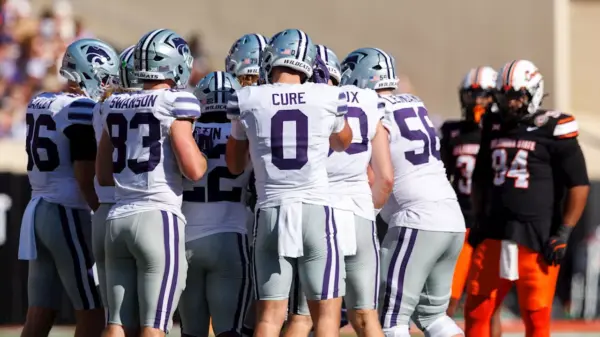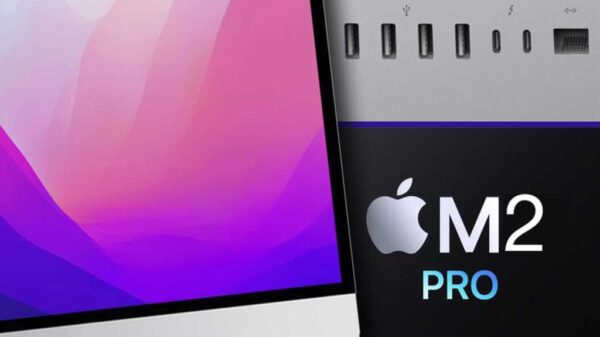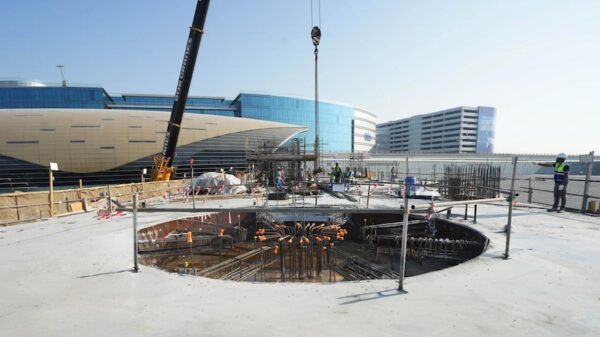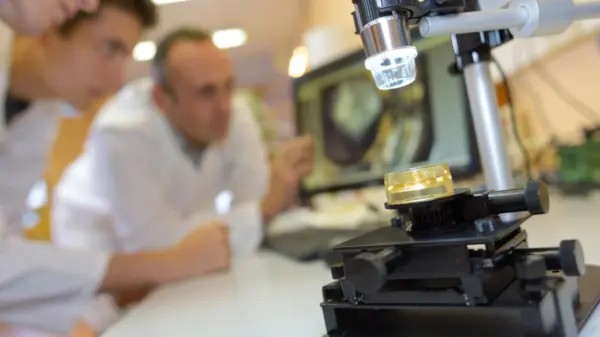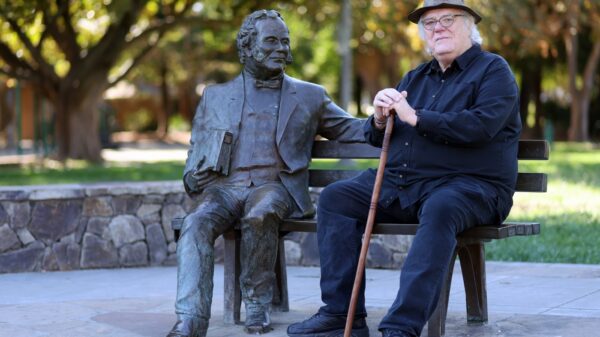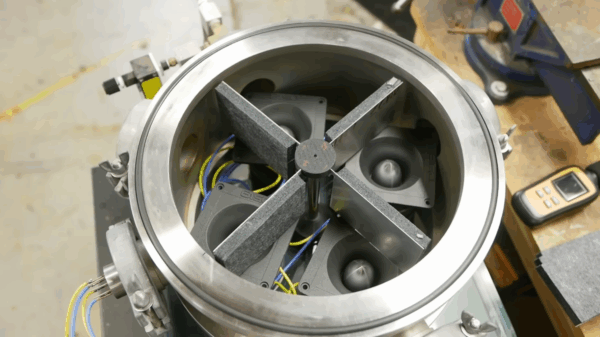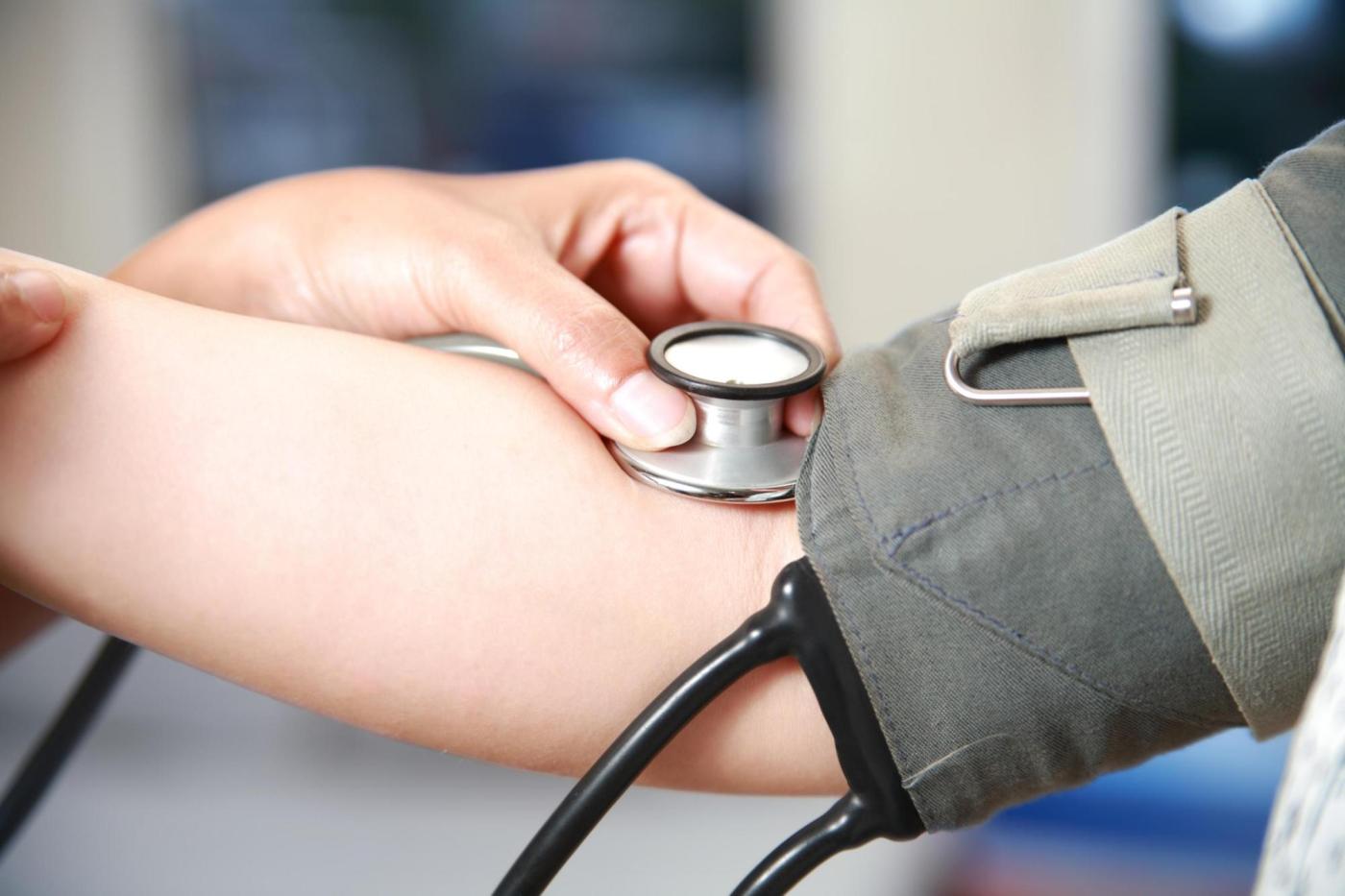Research conducted by scientists at UNT Health Fort Worth suggests that heat therapy could play a significant role in lowering blood pressure among older adults. The findings, published in the Journal of Applied Physiology, indicate that wearing heated pants for just one hour a day, four days a week, may lead to notable improvements in cardiovascular health.
In a controlled study, a group of 19 adults aged between 55 and 80 participated in a heat therapy regimen over eight weeks. Those who wore heated pants circulating water at nearly 124 degrees Fahrenheit experienced a reduction in their systolic blood pressure by approximately 5 points. The systolic measurement reflects blood flow during heartbeats, making this outcome particularly significant given that nearly 120 million American adults struggle with high blood pressure.
The context of this research is critical. According to the Centers for Disease Control and Prevention, high blood pressure contributed to over 664,000 deaths in the United States in 2023. In Texas specifically, around 32% of adults report being diagnosed with this condition. Given these statistics, exploring effective methods to manage blood pressure is essential.
Heat Therapy: A New Approach to Cardiovascular Health
Dr. Amit Khera, a cardiologist and professor of medicine at UT Southwestern Medical Center, who did not participate in the study, emphasized the importance of this research, calling it an “important proof-of-concept study.” While he views heat therapy as a potential adjunctive treatment rather than a replacement for traditional blood pressure medications, he finds the prospect intriguing.
The study’s lead researcher, Scott Romero, noted that the cardiovascular responses to heat exposure closely resemble those observed during exercise. “The crazy thing is, the cardiovascular responses to heat exposure are almost identical to exercise,” he explained. This similarity may explain why heat therapy can be effective, especially in clinical populations.
To facilitate the heat therapy, researchers adapted pants lined with tubes that circulate hot water, initially developed by NASA for studying cardiovascular function. Participants wore these heated pants for one hour four times a week while maintaining their daily routines. The heated pants raised skin temperatures significantly, leading to improved blood flow and reduced systolic blood pressure.
The study also employed ultrasound technology to assess improvements in the endothelial function of blood vessels. This is crucial, as endothelial dysfunction is one of the earliest indicators of cardiovascular disease.
Future Research Directions
While the preliminary results are promising, questions remain regarding the mechanisms behind the observed benefits. Romero speculated that the brain may adjust how tense or elastic blood vessels are in response to heat exposure. He and Ysabella Ruiz, the study’s first author, aim to further investigate these underlying biological processes.
Dr. Khera highlighted the need for further studies, particularly to determine how these results might apply to individuals with diagnosed hypertension. The modest reduction in blood pressure may be beneficial on a population level, but its clinical significance for individuals requires more exploration.
Research from 2024 suggests that as many as 246 million older adults could face dangerous heat levels by 2050, making this exploration of heat therapy not only timely but also vital. Romero envisions a future where at-home heat therapy becomes an accessible treatment option, especially considering the risks older adults face during extreme heat events.
In conclusion, while more research is necessary to fully understand the potential of heat therapy in managing blood pressure, the initial findings provide a promising direction for innovative health solutions for older populations.




